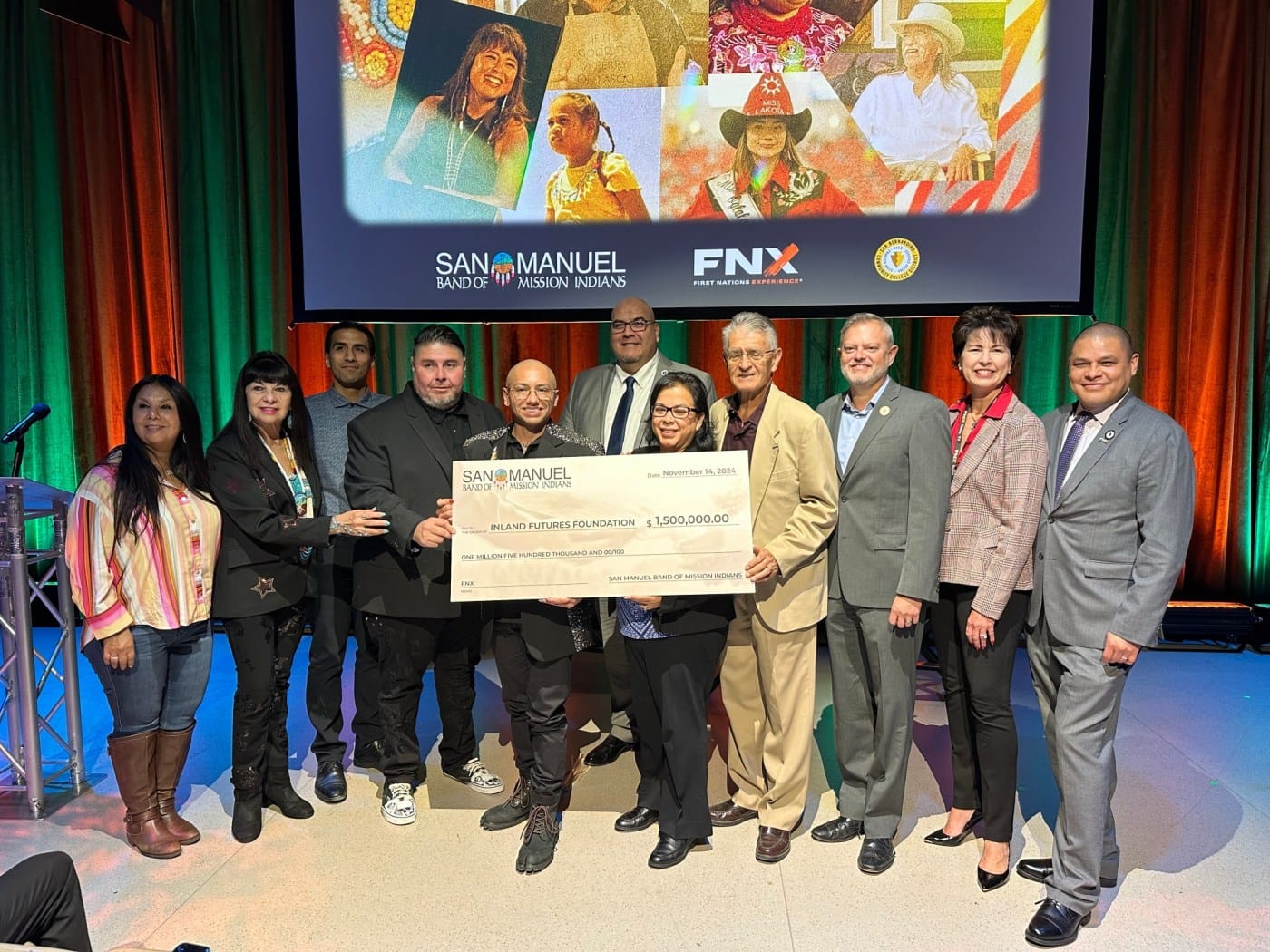A curious fellow, one Sherlock Holmes, first appeared on the literary scene in 1887, creating a role he call a “consulting detective.”
And within a few months of the introduction of Holmes in “A Study in Scarlet,” a similar character of sorts appeared on the streets of San Bernardino. The man, Harry Taylor, was probably the city’s first private detective.
On Feb, 27, 1888, he really made his mark when he went to Los Angeles and tracked down Christian Merkel, who had broken into the safe of Charles H. Lindner, owner of the Pearl Restaurant in San Bernardino. Merkel was brought back to the city and quickly sent to San Quentin for three years.
As you might expect, Taylor immediately became a bit of a celebrity, even with no Dr. Watson to chronicle his successes. A few days afterward, Taylor was summoned to Santa Barbara in hopes of tracking down another convict there. On March 6, he led Oceanside police to Joe Crum, who had broken out of jail a few days earlier.
But this Holmes went a little too far in his “investigations.” On March 31, Taylor wrongly accused a woman of stealing $150. And rather than summoning the San Bernardino Police Department’s version of Inspector Lastrade, Taylor demanded she pay him “bail money” to keep her out of jail, which she did.
Local police caught wind of his blackmail scheme and arrested Taylor.
“The artful Harry went a little too far in his detective ambition,” wrote the San Bernardino Daily Courier on April 5. It was also discovered that Taylor had swindled more than one person the same way.
“He is an audacious scoundrel, this would-be detective, ex-crook and worthless character in general,” concluded the Courier on April 14.
And it is a bit elementary to predict what happened next – Taylor, out on bail, skipped town and was never seen again, leaving his bondsman with a $300 tab.
Free lawn mowing
Mowing lawns and cutting down high weeds were never popular summer chores in Needles, or maybe any time.
Living along the Colorado River years ago demanded some creativity when summer triple-digit temperatures persisted on many days, even as the sun disappeared behind the hills. Pushing a lawn mower or swinging a scythe were never in homeowners’ plans.
The San Bernardino Evening Index of July 19, 1906, reported that Needles residents did make good use of what resources they had to get the work done. The only equipment required was a lasso.
Their solution? “They catch a stray burro of which there are plenty around town at present, and shut it in their yard,” wrote the paper.
Groups of burros, descendants of those animals that carried goods or assisted miners of years past, today still inhabit the Colorado River region. Many years ago, Needles residents lassoed stray burros and kept them in their yards so they would cut the grass or high weeds. (Photo by Joe Blackstock)
“As it is a question of work or starve with the animals, the lawn is soon rid of the long grass.” The well-fed burro was then freed and began looking for another free meal.
Our first UFO?
Pomona and Ontario were shaken briefly when a mysterious flame seemed to hover in the skies over the cities for several nights, reported the Pomona Bulletin, March 18, 1926.
It set off some interesting explanations:
“Airplanes are spying on the country!”
“No, I think it’s aerial bootleggers.”
“I think it’s fireflies you see.”
Turned out that George Blaikie, a 14-year Ontario boy, was actually flying his kite at night. He and friends attached a protected lantern device on their kite to excite everyone about one of our first UFOs.
Cleaning up
A burglar broke into the Riverside Steam Laundry on Dec. 3, 1918, but failed to make off with any money, reported the Riverside Daily Press two days later.
The burglars made a clean getaway, taking only bundles of household linen, freshly laundered pillow cases, tablecloths and napkins. Money in the cash register wasn’t touched.
“It looks like somebody is going to start a rooming house somewhere around here,” concluded laundry superintendent F.E. Brown.
Tours derailed
Volunteers at the Historical Society of the Pomona Valley are continuing to clean up and assess the damage from the recent fire that burned the eastern portion of their Pomona museum in the historic Ebell Club.
And following that calamity, there is more bad news. They will not hold one of their most popular events this year – Halloween night tours of the historic Spadra Cemetery.
The cemetery, 2850 Pomona Blvd., can only be entered or exited by walking across train tracks at its entrance. Of late, mile-long trains on the three tracks there have stopped and blocked cemetery access for sometimes long periods of time. As the historical society has no way to know when this is going to happen, it doesn’t feel comfortable scheduling tours and potentially trapping visitors in the cemetery.
Years ago, the cemetery was broken into on Halloween by visitors who wanted to experience that scary night in a cemetery. The historical society posted guards at the entrance to keep vandals away. Then it realized if members had to be there anyway, why not conduct some tours and raise funds. This Halloween, the society will be out there guarding the cemetery just as it used to do, but without any tours.
The historical society is also looking for volunteers who can perform various aspects of historic life at the Palomares Adobe for fourth-grade students. Such skills to perform or explain are brick making, blacksmithing, throwing lassos, the adobe garden or its historical overview. The tours are throughout November from 8:30 a.m. to 12:30 p.m.
If you can volunteer, call 909-623-2198 or go to pomonahistorical@verizon.net.
The society is also holding Sunday tours of historic sites: Nov. 3 – Palomares Adobe; Nov. 17 – Phillips Mansion and Currier House; Nov. 24, Barbara Greenwood Kindergarten.
Go to www.pomonahistorical.org for times, costs and to make reservations.
Joe Blackstock writes on Inhttps://www.pomonahistorical.org/land Empire history. He can be reached at joe.blackstock@gmail.com or Twitter @JoeBlackstock. Check out some of our columns of the past at Inland Empire Stories on Facebook at www.facebook.com/IEHistory.



